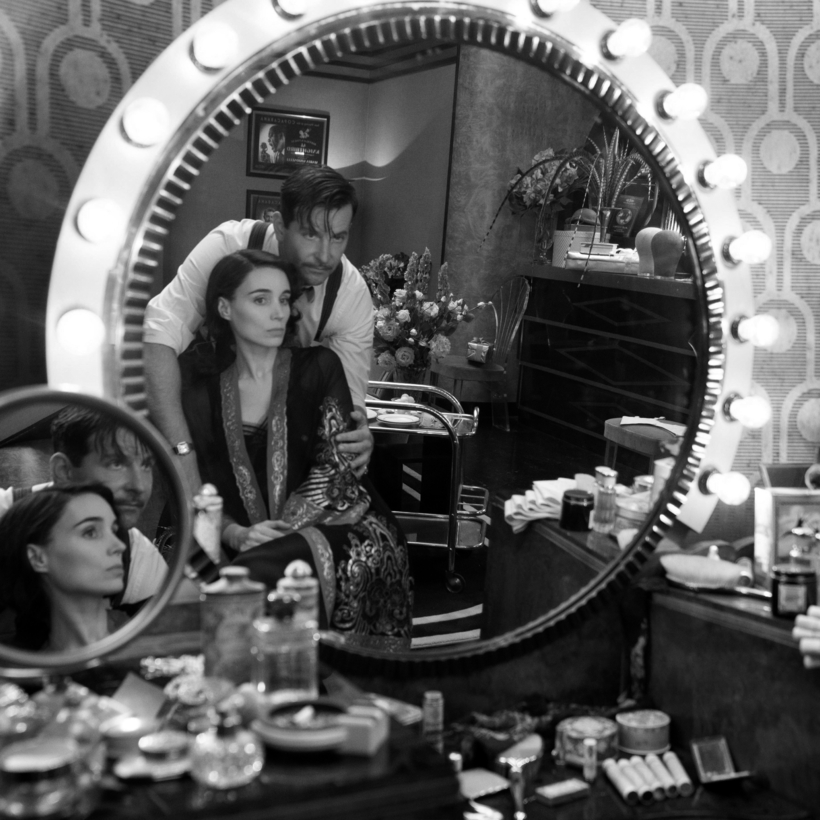If Diane Arbus and Otto Preminger had had a love child, it would be the 1946 novel Nightmare Alley. A dark masterpiece by a little-known writer named William Lindsay Gresham, the book spawned an early film version, starring Tyrone Power and Joan Blondell. Now, nearly 75 years after the novel first appeared, Guillermo del Toro has given us a deeper and more faithful adaptation of Gresham’s disturbing look at carny life, hucksters, and confidence scams.
Del Toro, the Academy Award–winning director of The Shape of Water and Pan’s Labyrinth, has, with his co-writer, Kim Morgan, re-awakened the gritty novel for our own perilous time, infusing it with Gresham’s troubled and searching soul. Del Toro and Morgan have kept close to the novel, using its slang and its fateful ending, which was softened in the 1947 adaptation.
Released shortly before Christmas, Nightmare Alley: Vision in Darkness and Light is now being re-introduced in select theaters across Los Angeles in glorious black and white. “The film has a different weight in black and white. It becomes grittier, more cautionary, and seduces in a different way,” del Toro says from Los Angeles. “I was delighted when Searchlight allowed me to release both my dream versions.”
When asked if he’d always intended to film the movie both ways, he answered, “Halfway through the shoot, I began experimenting with that idea. During the six-month pandemic pause, it became a path for me. We were always making a ‘black-and-white film in color,’ which meant that we were doing a light-and-shadow play that would have been at home with any golden-era cinematographer, but with the color layer added on top.”
Nightmare Alley: Vision in Darkness and Light is now showing at select theaters in Los Angeles
Sam Kashner, a Writer at Large for AIR MAIL, is a co-author, along with Ash Carter, of Life Isn’t Everything: Mike Nichols, as Remembered by 150 of His Closest Friends
Nancy Schoenberger is the author of Wayne and Ford: The Films, the Friendship, and the Forging of an American Hero
